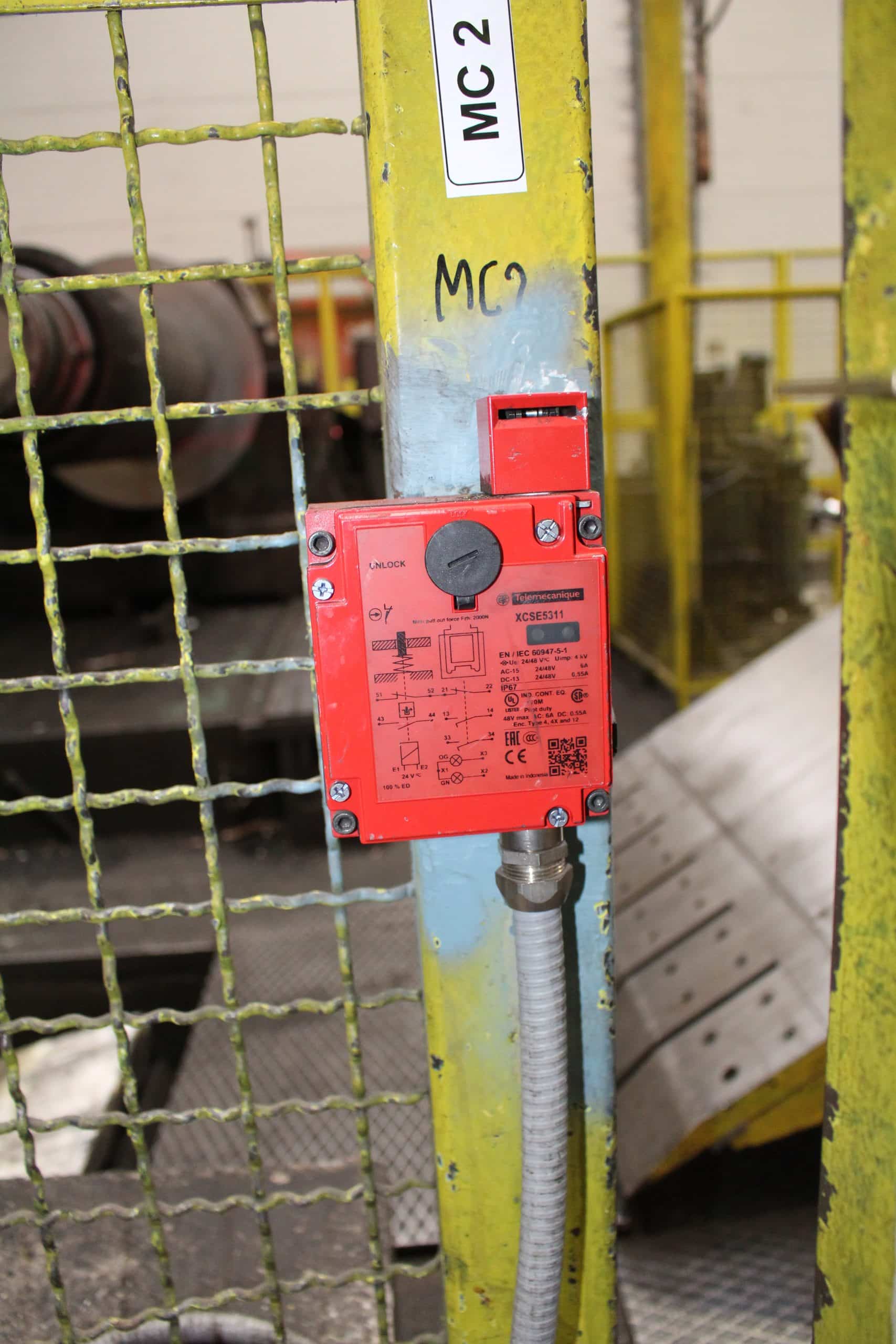Last edit: 09/10/2024

When selecting an interlocking device for a machine, it is necessary to consider all phases of the machine life cycle.
Some provided selection criteria are:
- The conditions of use and intended use of the machine;
- The hazards present at the machine;
- The severity of the possible injury;
- The probability of failure of the interlocking device;
- Overall system stopping performance and access time;
- The required PL or SIL for the safety function;
- Information for use provide for the interlocking device;
- For type 4 interlocking devices the means to avoid that a single actuator can be taught in an unlimited manner by the operator without special knowledge and tools;
- Environmental conditions.
An interlocking device with guard-locking should be selected when the overall system response time is greater than the access time taken by a person to reach the hazard zone.
The access time can be calculated by using the distance between the hazard zone and the guard together with the approach speed as per ISO 13855.
Depending upon the application, supplementary methods of release can be necessary. These measures can include, but not be limited to:
- An escape release of guard locking;
- An emergency release of guard locking;
- Special design of the guard to allow escape;
- Auxiliary release of guard locking can be necessary when it is foreseen that it is necessary to get to the safeguarded space in special situations, e.g.., when the locking is power ON released and the power is lost and the guard locking does not have emergency release function.
NOTE An escape release can be used in combination with an emergency or auxiliary release.